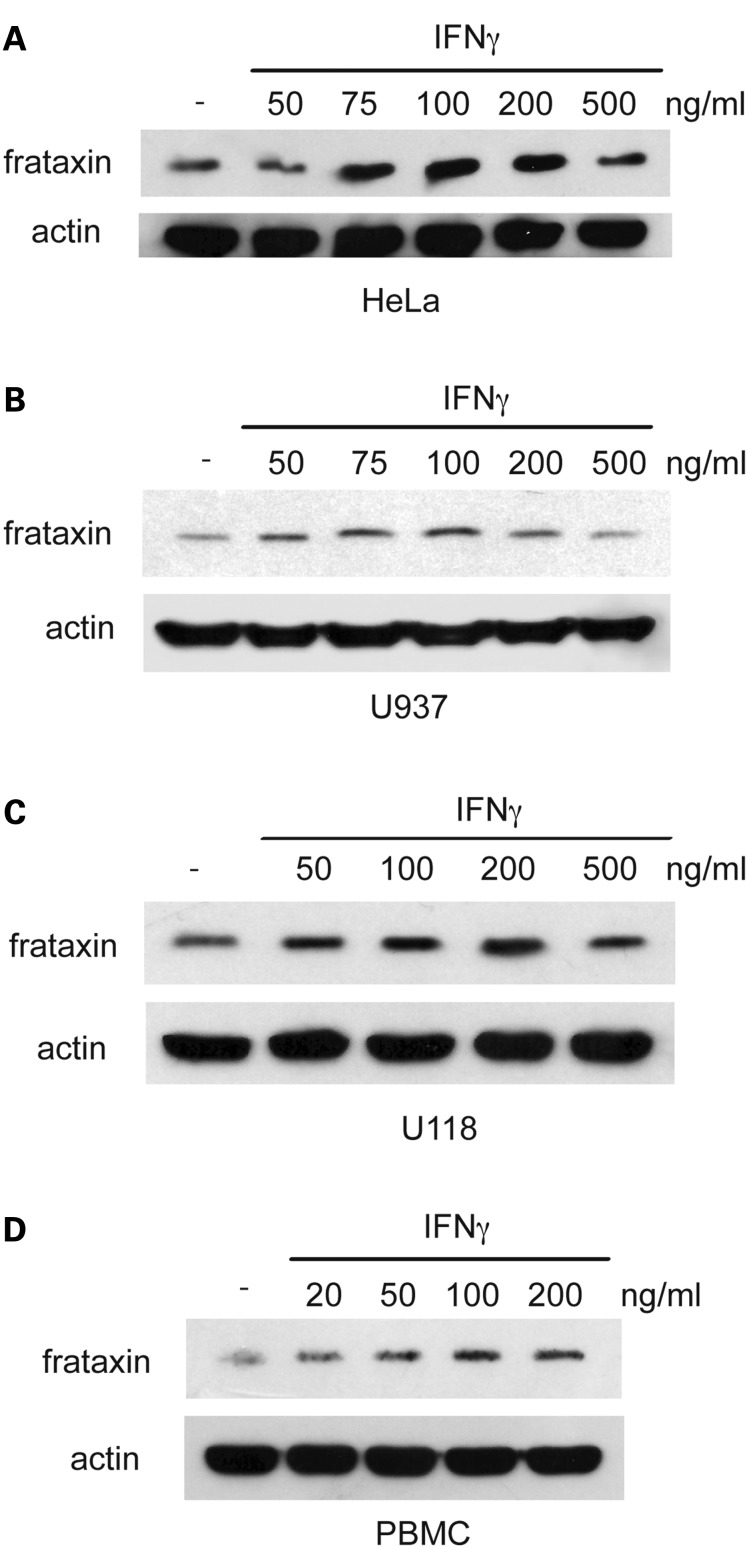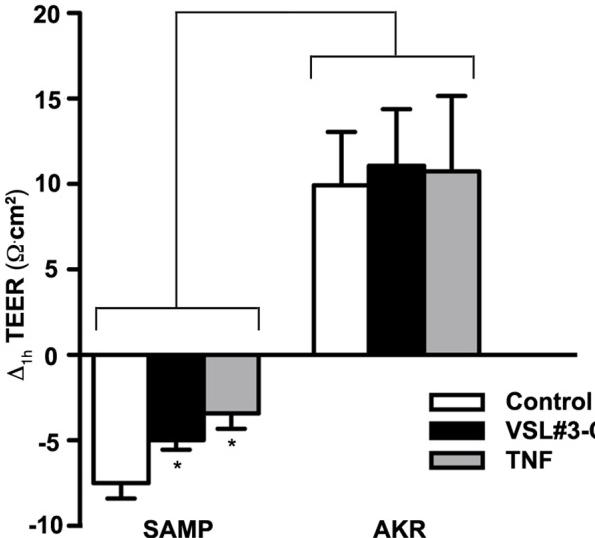Mouse basic Fibroblast Growth Factor Recombinant
Categories: FGF familyFGF familyRecombinant Mouse Cytokines$70.00 – $1,300.00
Description
Accession
P15655
Source
Optimized DNA sequence encoding Mouse basic Fibroblast Growth Factor mature chain was expressed in Escherichia Coli.
Molecular weight
Native Mouse FGF basic is generated by the proteolytic removal of the signal peptide and propeptide,the molecule has a calculated mass of 16 kDa. Recombinant mouse bFGF is a monomer protein consisting of 145 amino acid residue subunits, and migrates as an approximately 16 kDa protein under non-reducing and reducing conditions in SDS-PAGE.
Purity
>98%, as determined by SDS-PAGE and HPLC
Biological Activity
The ED(50) was determined by the dose-dependent stimulation of thymidine uptake by BaF3 cells expressing FGF receptors is ≤.2 ng/ml, corresponding to a specific activity of ≥1 x units/mg.
Protein Sequence
MAASGITSLP ALPEDGGAAF PPGHFKDPKR LYCKNGGFFL RIHPDGRVDG VREKSDPHVK LQLQAEERGV VSIKGVCANR YLAMKEDGRL LASKCVTEEC FFFERLESNN YNTYRSRKYS SWYVALKRTG QYKLGSKTGP GQKAILFLPM SAKS
Endotoxin
Endotoxin content was assayed using a LAL gel clot method. Endotoxin level was found to be less than 0.1 ng/µg(1EU/µg).
Presentation
Recombinant mouse basic FGF was lyophilized from.2 μm filtered PBS solution, pH7.0.
Reconstitution
A quick spin of the vial followed by reconstitution in distilled water to a concentration not less than 0.1 mg/mL. This solution can then be diluted into other buffers.
Storage
The lyophilized protein is stable for at least years from date of receipt at -20° C. Upon reconstitution, this cytokine can be stored in working aliquots at2° -8° C for one month, or at -20° C for six months, with a carrier protein without detectable loss of activity. Avoid repeated freeze/thaw cycles.
Usage
This cytokine product is for research purposes only.It may not be used for therapeutics or diagnostic purposes.
Biological Process
Biological Process
Molecular function
Molecular function
Molecular function
Methods
HPSC differentiation
- For neuroectoderm differentiation, cells were grown in CM + SB431542 (10 μM) + FGF2 (12 ng/ml&systems) for 7 days.
- For early mesoderm formation, cells were initially grown in CM+FGF2 (20 ng/ml& ) + LY294002 (10 μM) + BMP4 (10 ng/ml& ) for 36 hours.
- Further specification into lateral plate mesoderm required CM+FGF2 (20 ng/ml& ) + BMP4 (50 ng/ml& ) for another 3.5 days; whereas paraxial mesoderm required CM+FGF2 (20 ng/ml& ) + LY294002 (10 μM).
- Upon obtaining the intermediate populations, cells were trypsinised and cultured in medium'>SMC differentiation medium CDM+PDGF-BB (10 ng/ml) + TGF-β1 (2 ng/ml) for at least 12 days.
- Derived SMCs were maintained in CDM deprived of growth factors for at least 24 hours before subsequent experiments.
HPSC differentiation
- For neuroectoderm differentiation, cells were grown in CM + SB431542 (10 μM) + FGF2 (12 ng/ml&systems) for 7 days.
- For early mesoderm formation, cells were initially grown in CM+FGF2 (20 ng/ml& ) + LY294002 (10 μM) + BMP4 (10 ng/ml& ) for 36 hours.
- Further specification into lateral plate mesoderm required CM+FGF2 (20 ng/ml& ) + BMP4 (50 ng/ml& ) for another 3.5 days; whereas paraxial mesoderm required CM+FGF2 (20 ng/ml& ) + LY294002 (10 μM).
- Upon obtaining the intermediate populations, cells were trypsinised and cultured in medium'>SMC differentiation medium CDM+PDGF-BB (10 ng/ml) + TGF-β1 (2 ng/ml) for at least 12 days.
- Derived SMCs were maintained in CDM deprived of growth factors for at least 24 hours before subsequent experiments.
HPSC differentiation
- For neuroectoderm differentiation, cells were grown in CM + SB431542 (10 μM) + FGF2 (12 ng/ml&systems) for 7 days.
- For early mesoderm formation, cells were initially grown in CM+FGF2 (20 ng/ml& ) + LY294002 (10 μM) + BMP4 (10 ng/ml& ) for 36 hours.
- Further specification into lateral plate mesoderm required CM+FGF2 (20 ng/ml& ) + BMP4 (50 ng/ml& ) for another 3.5 days; whereas paraxial mesoderm required CM+FGF2 (20 ng/ml& ) + LY294002 (10 μM).
- Upon obtaining the intermediate populations, cells were trypsinised and cultured in medium'>SMC differentiation medium CDM+PDGF-BB (10 ng/ml) + TGF-β1 (2 ng/ml) for at least 12 days.
- Derived SMCs were maintained in CDM deprived of growth factors for at least 24 hours before subsequent experiments.
LDF measurements, in vivo growth factors and EdU injection
- Recordings were continuous for 2 hours with three cycles of 1 µl U-46619 injection into the ventricle or a 30 min-injection of growth factors EGF and bFGF at 0.5 mg/ml each and 10 µl/hour.
- EdU (50 mg/kg) intraperitoneal injections were given at the end of growth factor infusion, one hour prior to sacrifice.
Cell culture and treatments
- NS-TGFP cells were derived from 14.5-days post coitum mouse fetal forebrain, and constitutively express the fusion protein Tau-GFP 2.
- Medium was changed every 3 days and cells collected with accutase when confluent.
- Permissive conditions were obtained by platting NSC in tissue culture plates pre-coated with 0.1% gelatin at 3×104 cells/cm2 in N2B27 medium, 1∶1 mixture of DMEM/F12 ( p.) and ( p.), supplemented with 0.5% N-2 supplement, 1% B27 supplement ( p.) and 2 mM L-Glutamine ( p.).
- N2B27 medium was further supplemented with 10 ng/mL EGF, 10 ng/mL bFGF and 1% penicillin-streptomycin.
- After 24 h in permissive conditions, 50 µM calpeptin , 10 µM SB203580 , 25 µM PD98059, 250 nM wortmannin, 20 µM nifedipine, 10 µM dantrolene, 1 µM xestospongin C or DMSO (all from ) were added to the culture medium for 6, 9, 24 or 27 h. After collection with accutase, cells were counted…
Cell Culture
- Human embryonic stem cells (hESCs) H9 were obtained from Wicell research institute.
- hESCs and hiPSCs were maintained on mitomycin C-inactived mouse embryonic fibroblasts in hES medium: Knockout DMEM supplemented with 20% knockout serum replacement , 10 ng/ml bFGF , 1 mM L-Glutamine, 1×10–4 M nonessential amino acids, 0.1 mM beta-mercaptoethanol, 50 units/ml penicillin, and 50 mg/ml streptomycin .
- Primary HDF and ASC were cultured in DMEM/F12 supplemented with 20% FBS , 1 mM L-Glutamine, 1×10–4 M nonessential amino acids, 0.1 mM beta-mercaptoethanol, 50 units/ml penicillin, and 50 mg/ml streptomycin .
- More information about isolation of HDF and ASC was provided in
Culture and differentiation of hESCs
- Human embryonic stem cell lines H1 and H7 were routinely cultured on matrigel-coated plates using mouse embryonic fibroblast-conditioned medium (MEF-CM) supplemented with 8 ng/ml bFGF and propagated mechanically in 1∶3 ratio after the treatment with collagenase IV 4 cells/aggregate in 96-well plate.
- Aggregates were transferred into a 24 well plate and cultured in suspension for a week.
- They were then mechanically dissociated and cultured in gelatin-coated plates/coverslips.
- Definitive endoderm differentiation was performed using two different protocols: 1) hESCs were treated with 100 ng/ml Activin A and 0.5–1 mM sodium butyrate as described previously
Generation of iPS cells
- To induce reprogramming, CMs and CFs were exposed 3 days after sorting to a mixture of equal volumes of the two OSK lentiviral vectors.
- Four days after transduction, cells were trypsinized and plated on a mouse MEF-feeder layer at a density of 1.6 × 103 cells/cm2 and cultured in propagation medium composed of Knockout DMEM containing 15% KnockOut Serum Replacement , 2 mM
L -glutamine, 100μ M NEAA (non-essential amino acids), 10 ng/ml bFGF , 500μ M VPA (EMD, , , ), 100μ Mβ -mercaptoethanol , 1000 U/ml LIF , penicillin (100 U/ml), and streptomycin (100 mg/ml). - Any iPS cells thus derived were maintained on MEFs in complete medium containing bFGF, VPA, and LIF (
Derivation of NSCs from ESCs
- ogESCs were differentiated into ogNSCs as previously described (5 cells were plated in a 25 cm2 culture flask with medium'>N2B27 medium containing 1000 U/ml of LIF .
- The next day the medium was exchanged against N2B27 without LIF to initiate differentiation into the neural lineage.
- After 7 days cells were plated in Euromed-N supplemented with 20 ng/ml EGF and FGF2 .
- After 5 days, neurospheres were collected and plated in gelatin-coated flasks in medium'>N2B27 medium containing 20 ng/ml EGF and FGF2 to allow outgrowth of NSCs.
Derivation of NSCs from ESCs
- ogESCs were differentiated into ogNSCs as previously described (5 cells were plated in a 25 cm2 culture flask with medium'>N2B27 medium containing 1000 U/ml of LIF .
- The next day the medium was exchanged against N2B27 without LIF to initiate differentiation into the neural lineage.
- After 7 days cells were plated in Euromed-N supplemented with 20 ng/ml EGF and FGF2 .
- After 5 days, neurospheres were collected and plated in gelatin-coated flasks in medium'>N2B27 medium containing 20 ng/ml EGF and FGF2 to allow outgrowth of NSCs.




